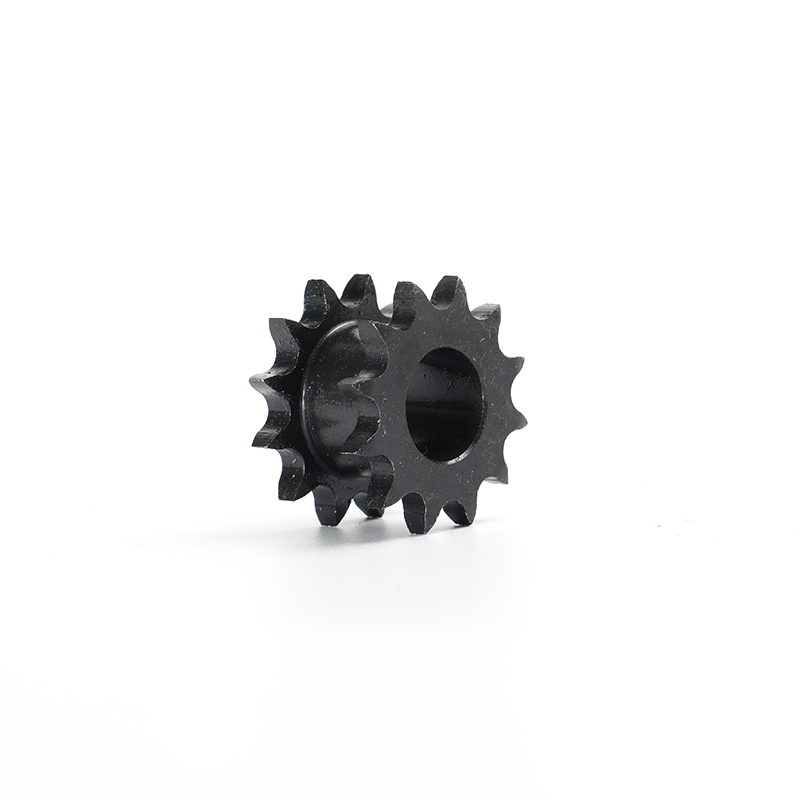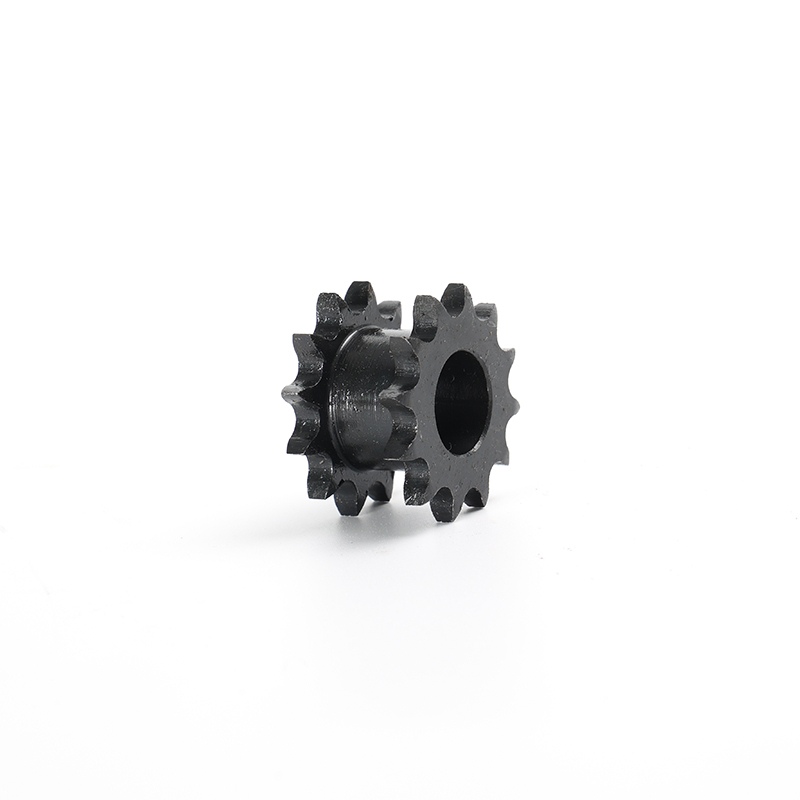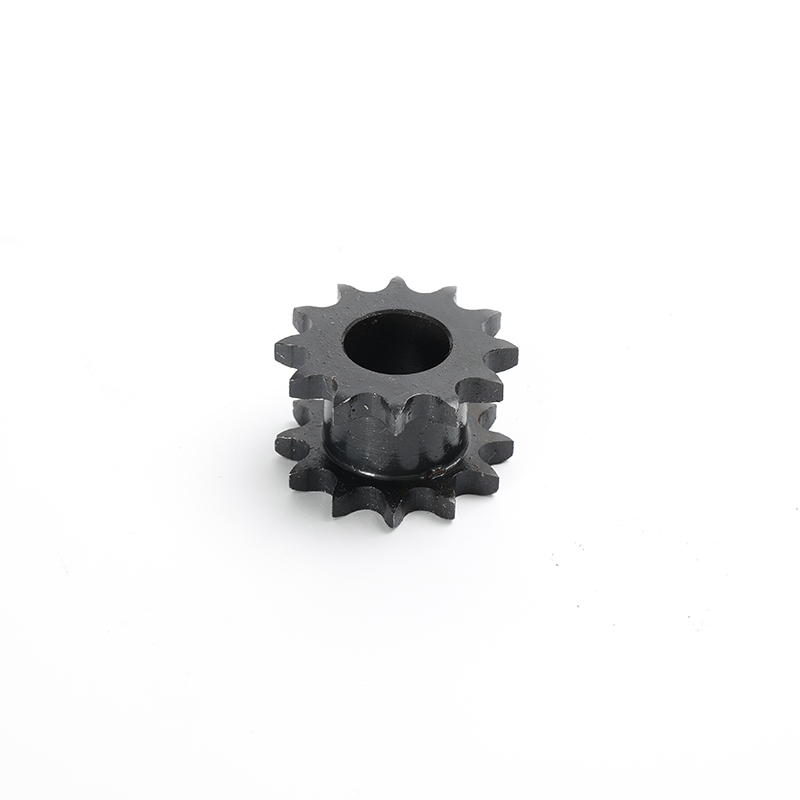Several factors need to be considered when selecting the number of teeth for a Double row sprocket, including transmission ratio, required output speed, load requirements, etc. Generally speaking, when choosing the number of teeth for a Double row sprocket, you need to meet the following principles: Transmission ratio requirements: Determine the transmission ratio according to actual needs. The transmission ratio is the ratio of the number of teeth of the driving wheel to the number of teeth of the driven wheel. The number of teeth of the Double row sprocket is determined according to the required output speed and torque.
Load requirements: Consider the size and nature of the load that the transmission system needs to carry, select the appropriate number of Double row sprocket teeth to meet the load requirements, and avoid the impact of too large or too small a design on the transmission system.
Contact stress and life: Choosing the appropriate number of Double row sprocket teeth can balance the contact stress of the transmission and extend the service life of the chain and Double row sprocket.
Different Double row sprocket teeth have a direct impact on transmission performance, which is mainly reflected in the following aspects:
Transmission ratio: The difference in the number of teeth directly affects the transmission ratio of the Double row sprocket, which in turn affects the output speed and torque.
Gear clearance: An increase in the number of teeth will lead to an increase in gear size, thereby increasing the clearance between gears, which will affect the smoothness and accuracy of the transmission.
Load distribution: The increase in the number of teeth can reduce the load per tooth, which is beneficial to reducing contact stress, balancing load distribution, reducing wear and extending service life.
Spindle angle: As the number of teeth of the Double row sprocket increases, the chain bending transmission at an excessive angle will increase the wear of the chain and gears. Therefore, the size of the spindle angle needs to be considered to avoid the impact of an excessively large spindle angle on transmission performance. .
Power loss: An increase in the number of teeth will increase the contact friction between the chain and the gear, thereby increasing power loss and affecting transmission efficiency. Therefore, transmission efficiency and power loss issues need to be taken into consideration when selecting the number of teeth.
Noise and vibration: The number of teeth of the Double row sprocket also has a certain impact on the noise and vibration of the transmission system. A moderate number of teeth can reduce the generation of noise and vibration and improve the comfort of the transmission system.
When selecting the number of teeth of Double row sprocket, factors such as transmission ratio, load requirements, contact stress, spindle angle, power loss, noise and vibration need to be comprehensively considered to balance the effects of all aspects and ensure that the transmission system has good transmission performance. Stability and reliability. For specific transmission needs, detailed calculations and analyzes can be performed to select the most appropriate number of Double row sprocket teeth to achieve optimized transmission effects.



